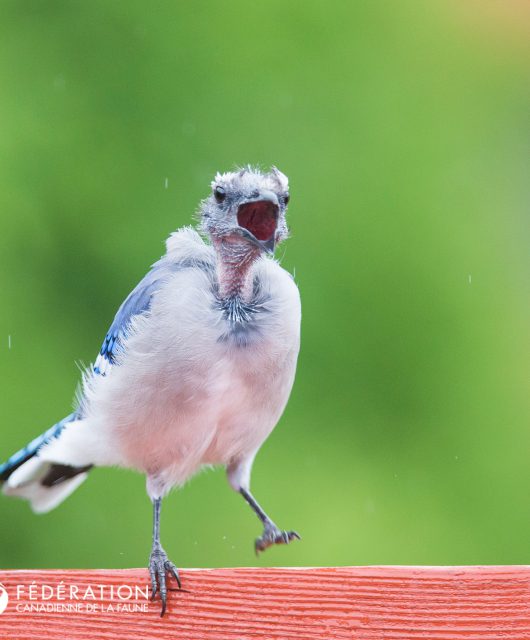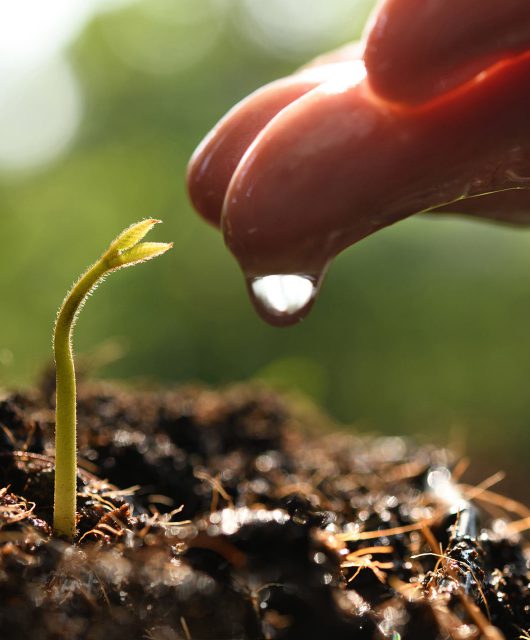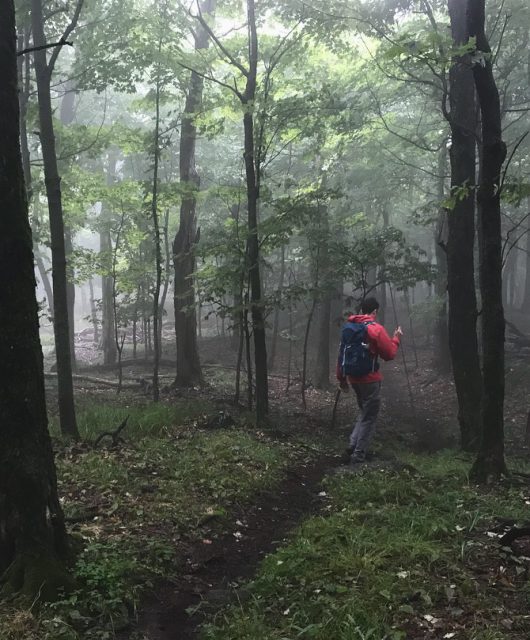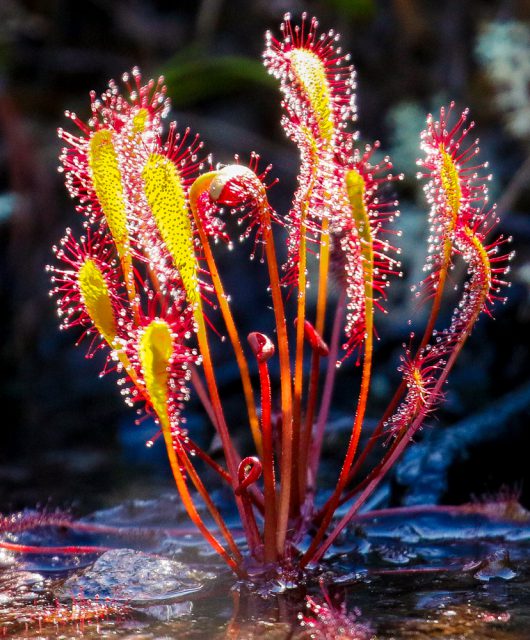Now that the leaves are dropping and fall has officially arrived in Eastern Ontario, it’s time to be seeding fall restoration projects.
Seeding in the fall has a distinct advantage in our part of the world. Many of our native plants rely on something called “cold stratification” — a fancy term to say cold. Periods of intense cold, frost, freezing and defrosting give cues to the seed to stay dormant but be ready for spring germination. Once warmer temperatures hit, these seeds will be ready to grow. Without these conditions, many of the plants would lie dormant until the second spring.
Lanark County, one of our partners on the Eastern Ontario Rights-of-Way project, has just completed seeding their latest Roadside pollinator meadow project. This project involved prepping the site and seeding just over a hectare of roadside plots.
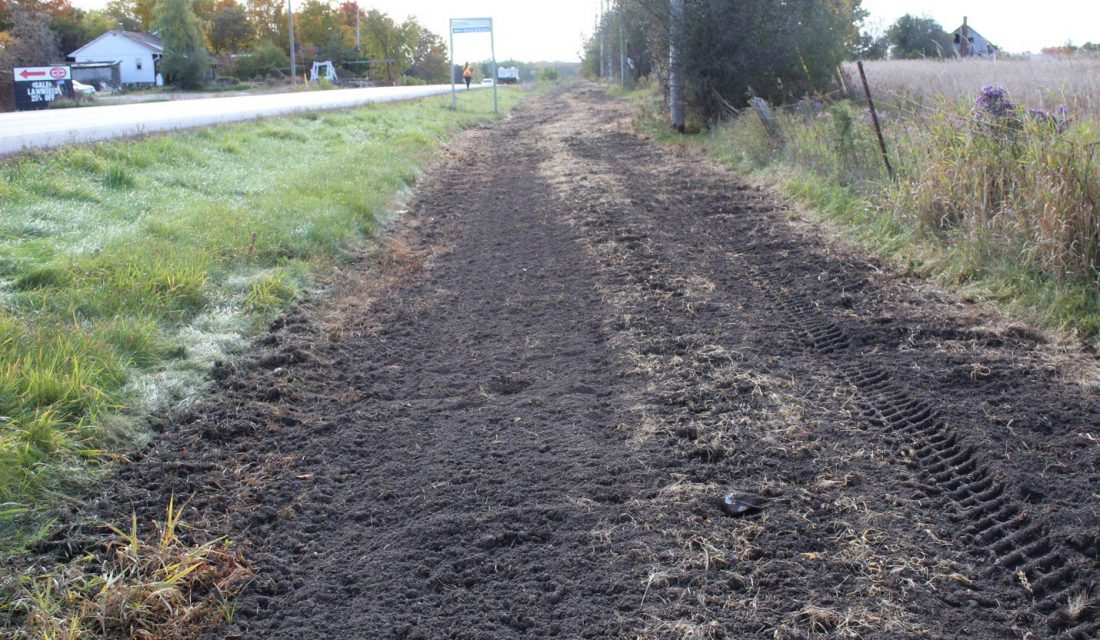
This project has one additional tweak. As an additional trial, we are using a product called mycobloom. This product is a powdered mycorrhizae — mycorrhizae are fungi that have a symbiotic relationship with the roots of many plants — that is added to the native seed mix at seeding time.
There are many benefits of adding this powder. In general, we are hoping to see if these projects can benefit through reduced weeds and enhancing the diversity and vigour of native plants that rely on mycorrhizal relationships. To learn more about this concept, you can read this paper.
We will test the outcomes of these amended plots against others that do not have any mycobloom added. This powder has six genera added to provide a variety of mycorrhizal strains.

We will monitor these sites using the pollinator scorecard and see how they develop with pollinators in mind.
Check out the seeding in action in this video.
Thanks to Lanark County and the Ontario Trillium Foundation.

